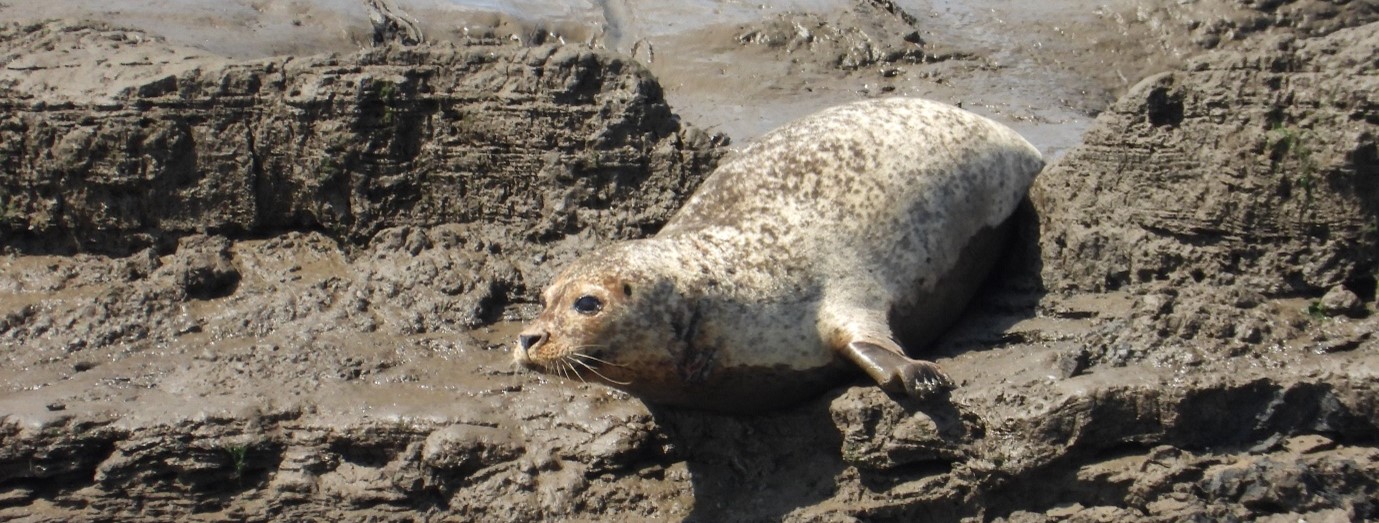As part of ongoing work to better understand and monitor seal populations in the Tees and surrounding areas, the Tees Seal Photo ID Project (TSPIP) is a new citizen science initiative giving members of the public (that’s you!) the opportunity to get involved in conservation research. Photo ID involves taking photographs of seals to capture the unique patterns on each seal’s fur. These patterns can be used to identify individual animals and monitor them over time. We can then get a clearer idea on population numbers, see which sites seals prefer and whether this changes over time, learn how far they travel and which other populations they interact with, and even see which seals here in the Tees like to hang out together. The non-invasive nature of photo ID means it’s possible to get all this information without ever having to touch or disturb a seal.

Students at Teesside University are already at work photographing seals and compiling catalogues of individuals which show their markings from different angles, allowing us to efficiently compare new photographs to animals we’ve seen before. There’s only so many places we can be at once though so we’re reaching out to the community to ask you to consider taking photographs of the seals you see and sending these to us. In doing so, you’ll be helping us to expand our catalogues and build upon our understanding of the seals we’ve already logged. At the time of writing, our catalogues contain 132 local seals.

Any picture of a seal could potentially be useful, but the easiest photographs for us to match show the whole left or right side of the animal. If the seal is swimming and you just capture the side of its head, don’t worry – we can use those images too! Photos of seals’ undersides are also helpful as they can allow us to record the sex of the animal.
Want to get involved? Simply send your seal photos to F.Pellie@tees.ac.uk. Please include the date and location the photos were taken in the email.
Want to learn more about the project? This project is coordinated by Freya Pellie, an environmental science PhD student at Teesside University; feel free to drop Freya an email with any queries you may have: F.Pellie@tees.ac.uk.
TSPIP is part of a wider PhD study of the Tees seals, made possible by a studentship funded by Graham Construction and Teesside University.

